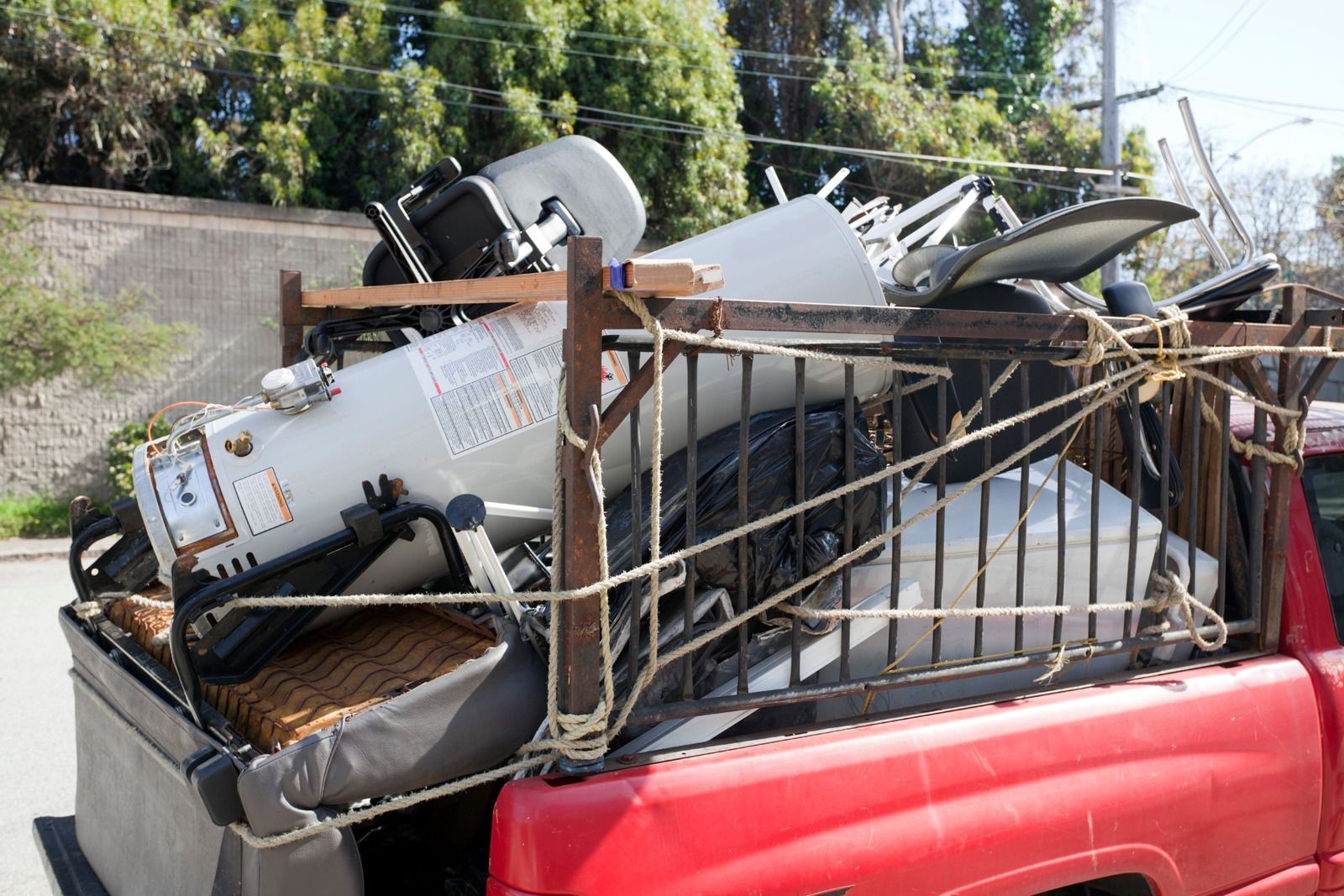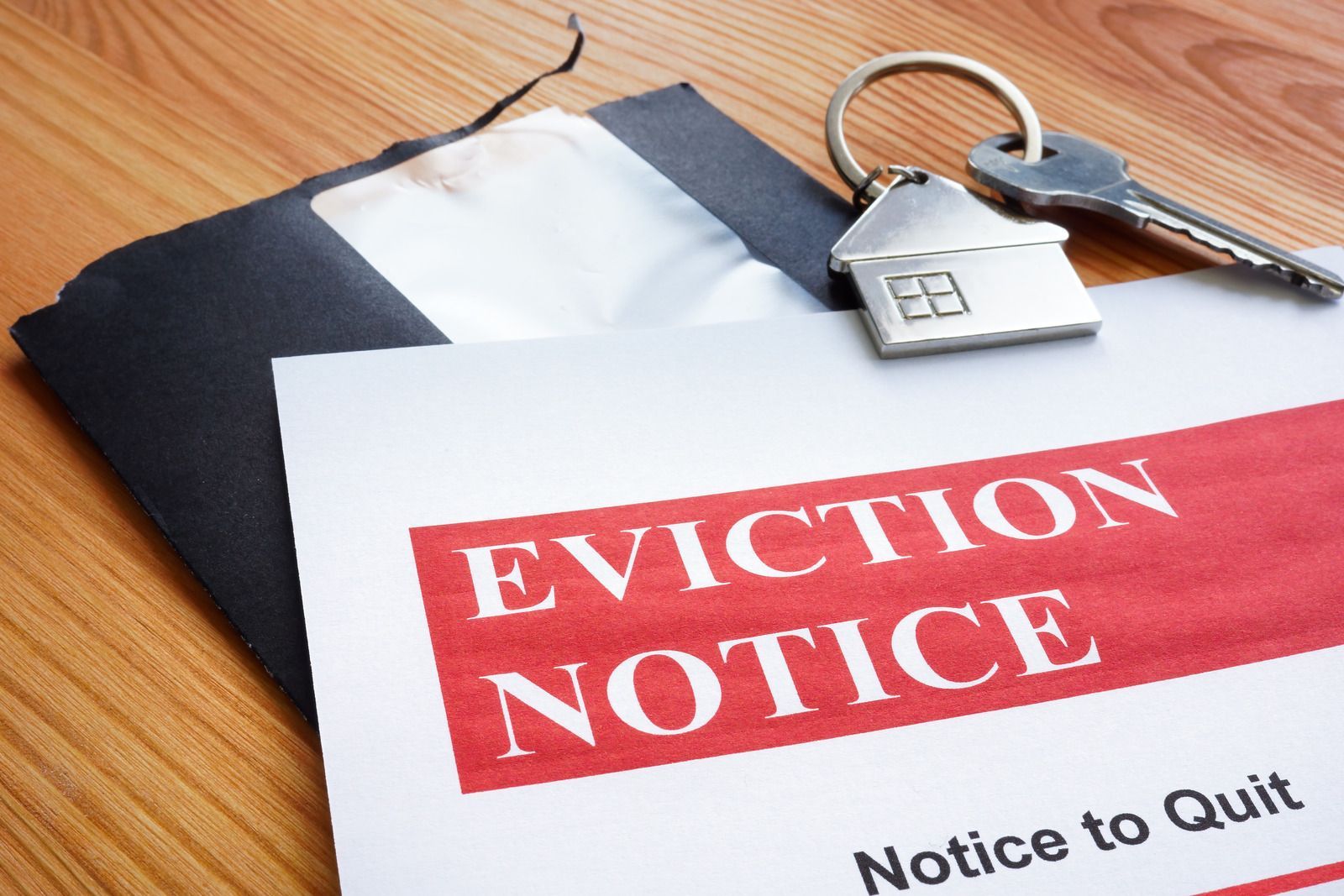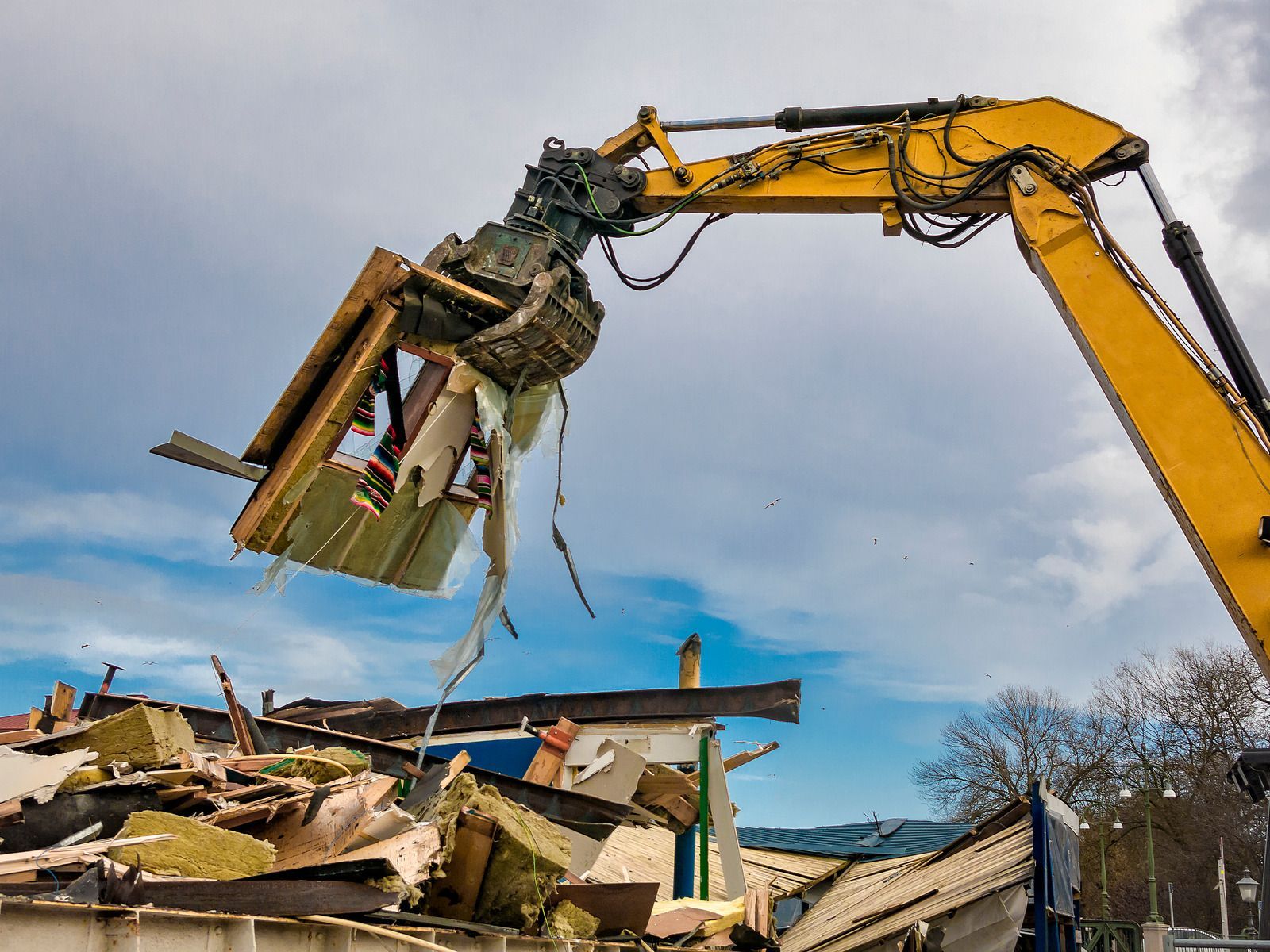Planning Your Demolition Project: What You Need to Know
Demolition projects, whether it's tearing down an old shed or completely leveling a building, require planning to ensure safety, efficiency, and compliance with regulations. Let's explore thecrucial steps involved in successfully carrying out a demolition project.
Step 1: Project Assessment and Permits
Before swinging any sledgehammers, start with a comprehensive assessment of the structure to be demolished. Identify potential hazards such as lead paint, asbestos, or the presence of underground utilities. Next, secure the necessary permits from your local government authorities. Permit requirements vary depending on the scope of the project and local regulations
Step 2: Hiring a Demolition Contractor
Unless you're undertaking a very minor demolition task, hiring a reputable demolition contractor is highly recommended. Choose a contractor with experience in similar projects, verified licenses, insurance, and a commitment to safety protocols. Discuss the project in detail, including your objectives, timeline, and budget.
Step 3: Utility Disconnections
Contact your utility providers well in advance to schedule the disconnection of services like electricity, gas, and water. Coordinate with your demolition contractor to ensure the lines are safely capped or removed to prevent accidents.
Step 4: Hazardous Material Abatement
If your structure contains hazardous materials like asbestos or lead paint, specialized abatement procedures are legally mandated. Hire a qualified hazardous materials abatement company to safely remove these substances before demolition commences.
Step 5: Protecting Adjacent Structures
Throughout the demolition process, prioritize the protection of neighboring buildings, sidewalks, and roadways. Depending on the project, this may involve erecting temporary fences, scaffolding, or covers to contain debris and prevent damage.
Step 6: Demolition Planning and Execution
Your demolition contractor will develop a detailed demolition plan that outlines the sequence of steps, equipment needed, and safety measures. This plan should consider factors like the type of structure, materials present, and site constraints.
Step 7: Debris Removal and Recycling
Demolition generates a considerable amount of debris. Incorporate a comprehensive debris removal and recycling plan. Investigate options for salvaging usable materials, donating to reuse centers, and responsible disposal of demolition waste.
Additional Factors to Consider
- Neighborhood Notification: Be courteous to your neighbors by informing them about the demolition project, potential timeline, and possible disruptions. This fosters a positive relationship and can minimize potential complaints.
- Noise and Dust Control: Demolition can be a noisy and dusty process. Implement measures to mitigate noise and dust pollution to comply with local regulations and minimize disturbance.
- Site Restoration: Once the demolition is complete, the site must be left in a safe and usable condition. This might involve grading, backfilling, and planting grass seed, depending on your future plans for the area.
Demolition: More Than Just Destruction
Successful
demolition projects demand careful planning and attention to detail. By addressing safety concerns, obtaining permits, hiring the right professionals, and adhering to environmental regulations, you'll ensure a smooth demolition process and pave the way for the next chapter of your construction project.













